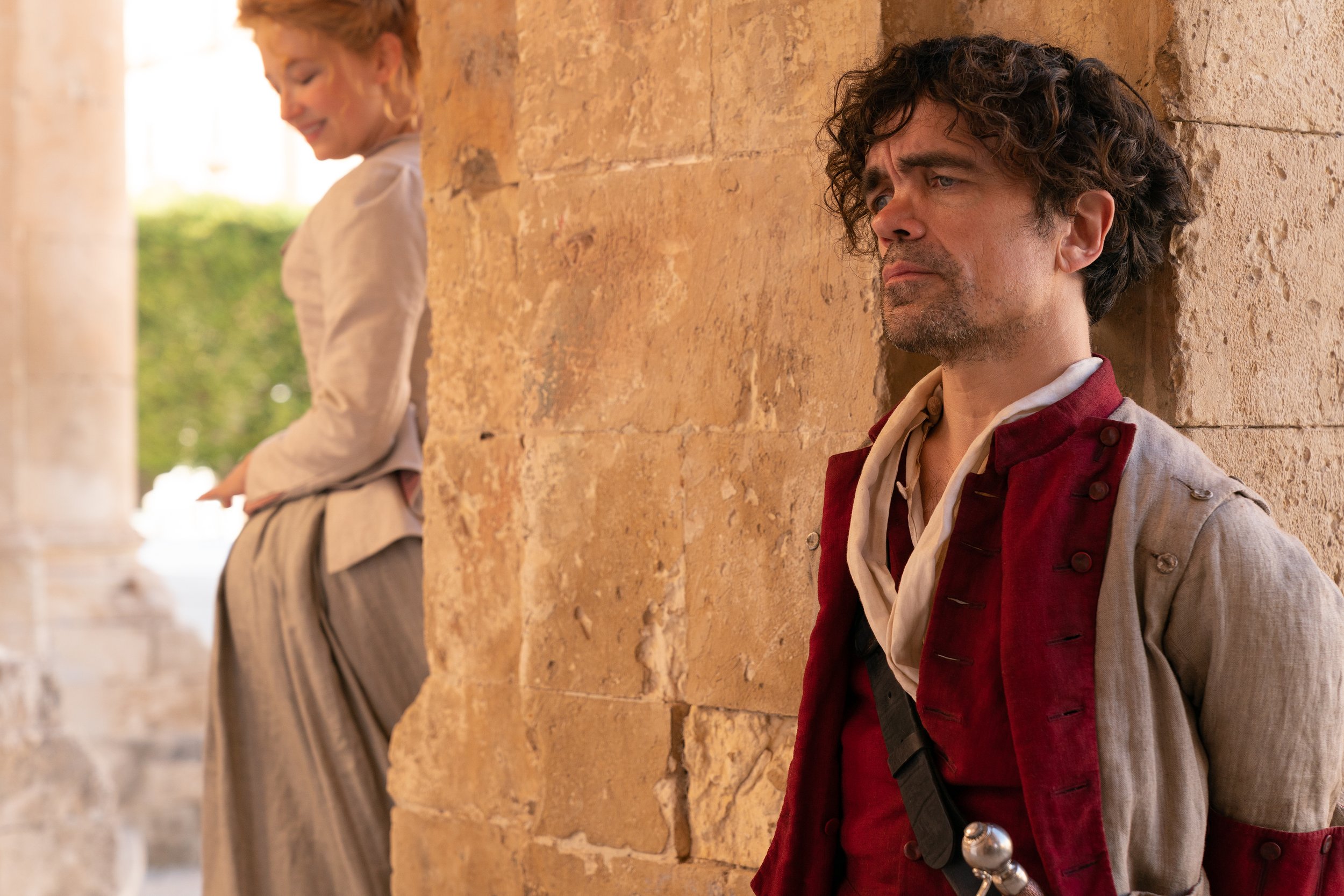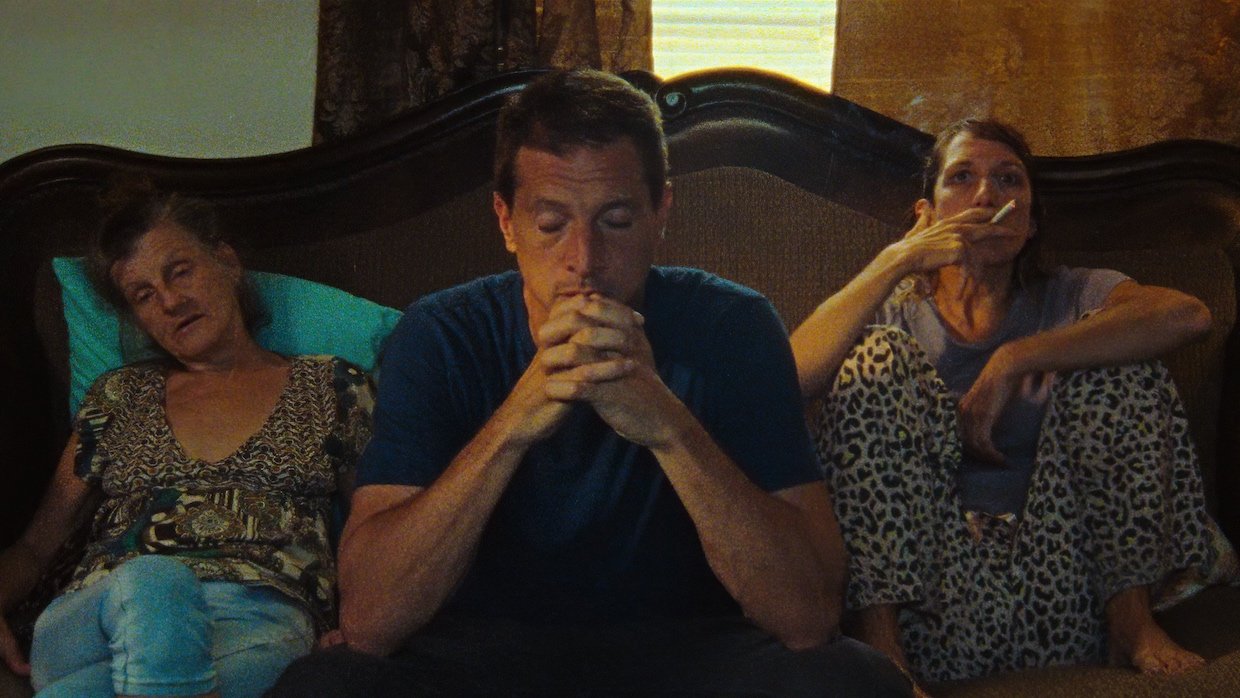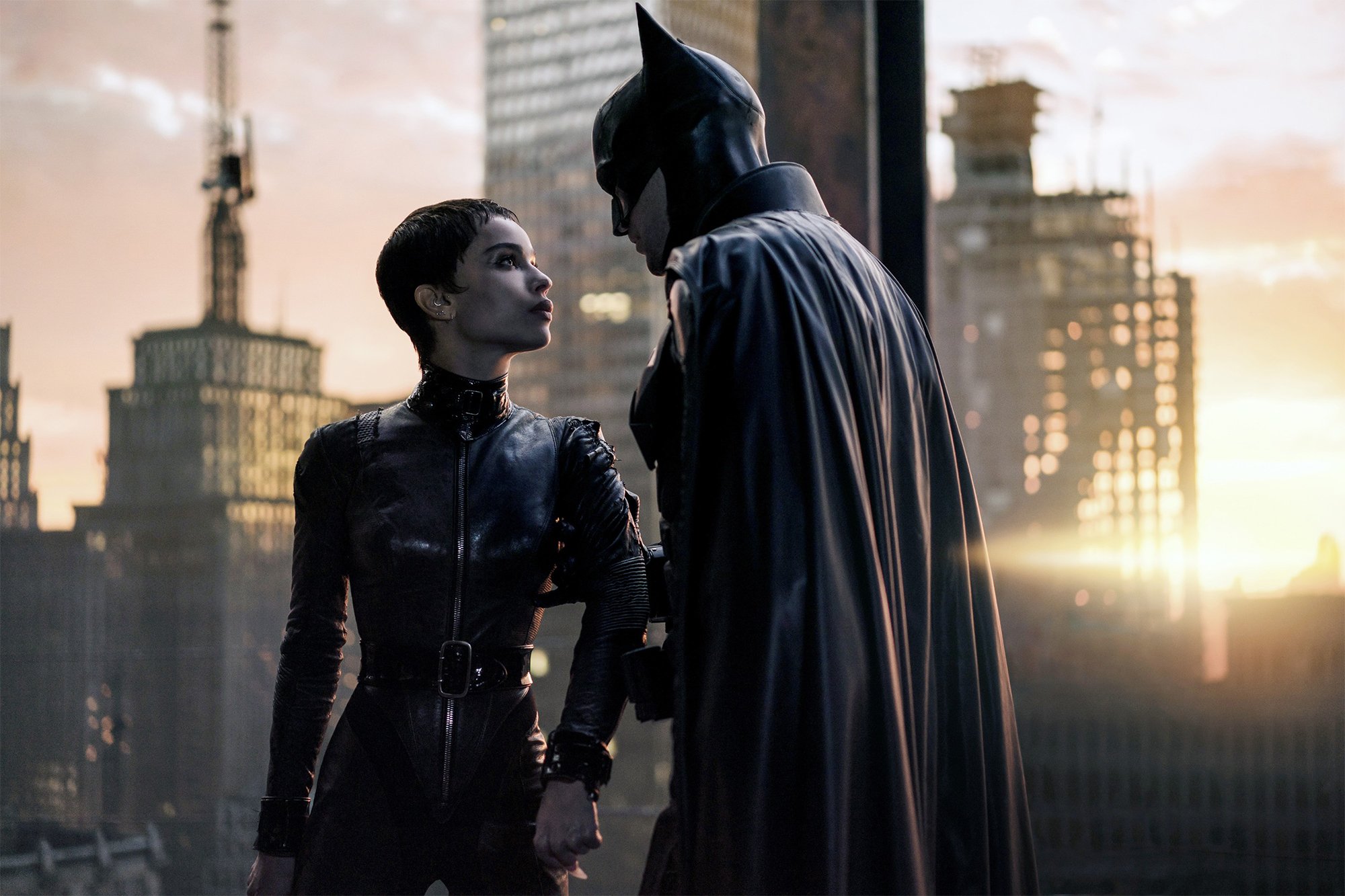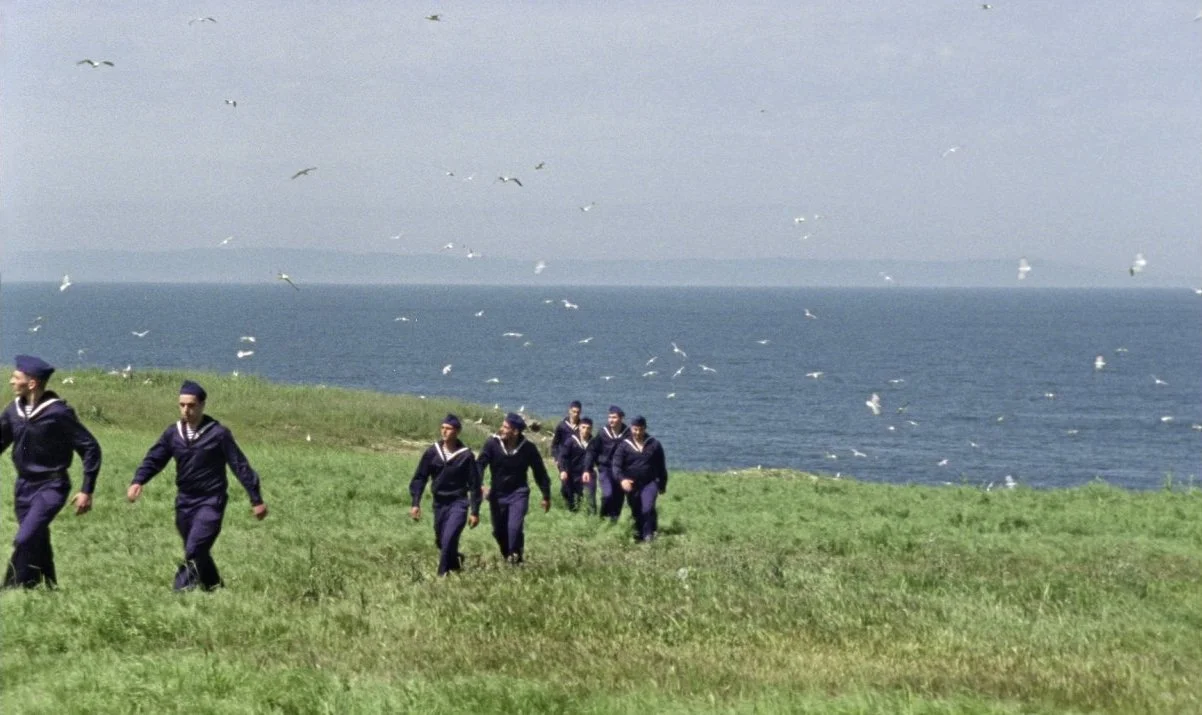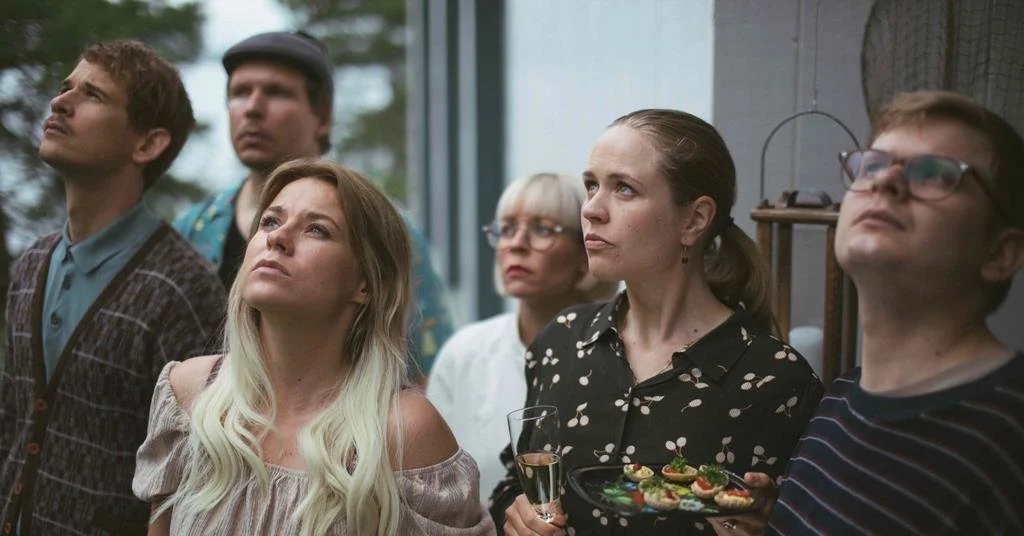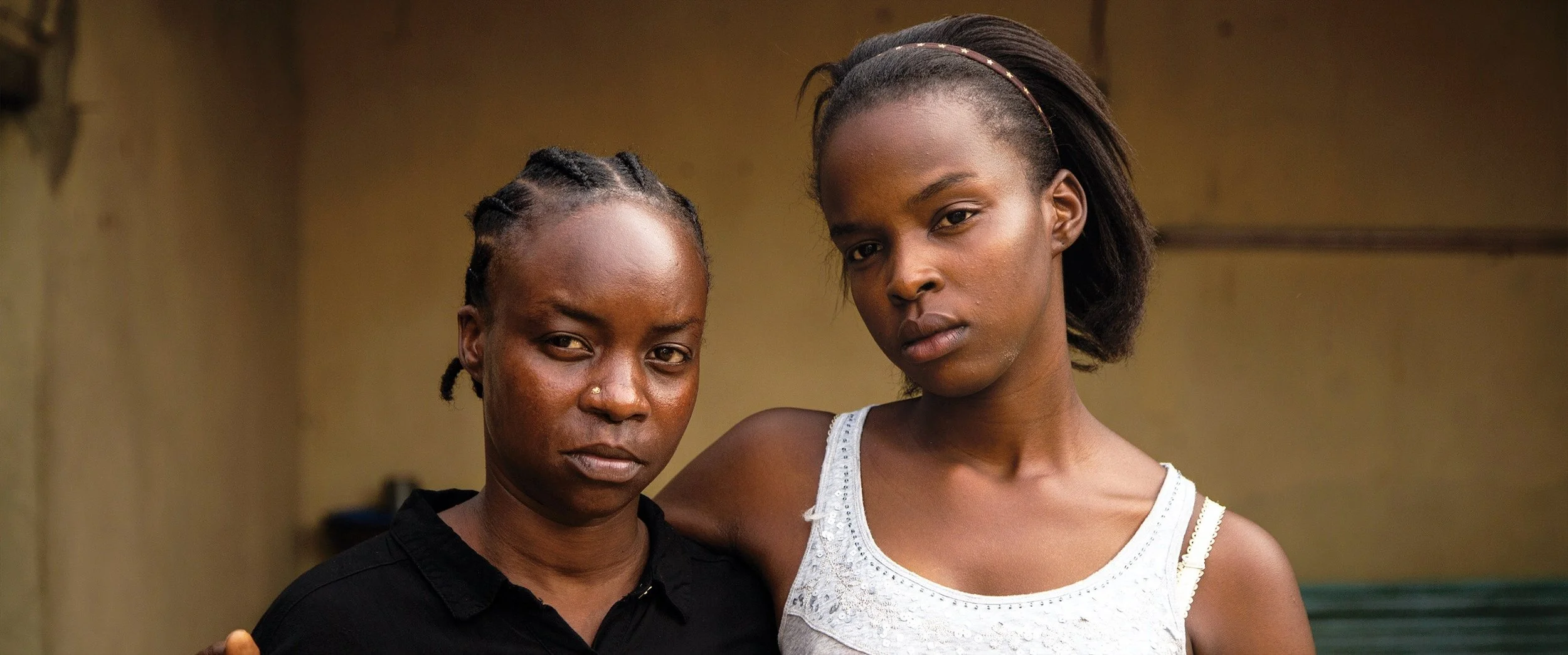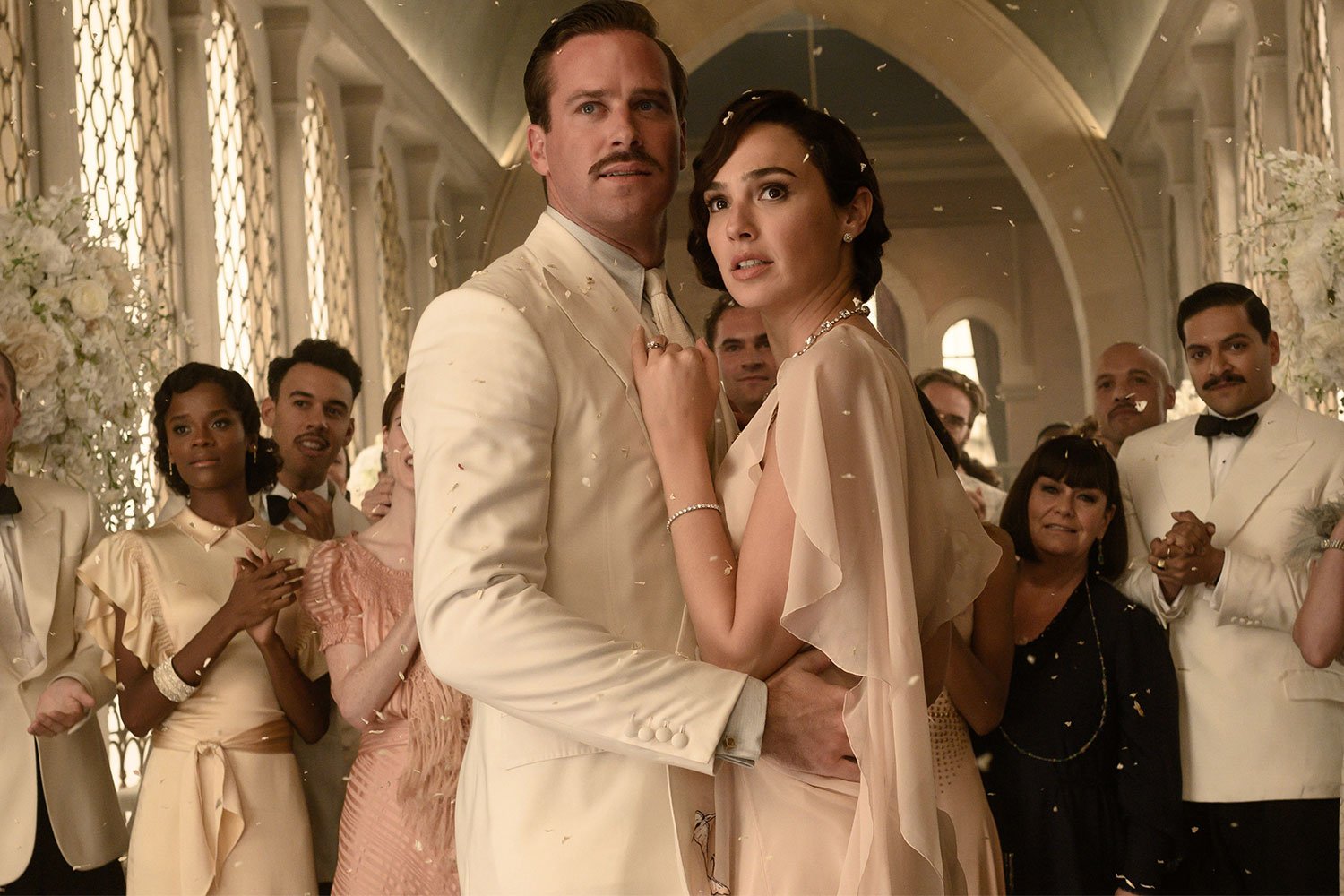2022 Oscar Nomination Shorts: Documentary
When We Were Bullies: B
Three Songs for Benazir: B
Lead Me Home: A
The Queen of Basketball: B+
 If there's anything reliable about the three sets of Oscar-nominated shorts every year, it's that if you can find a way to watch the Documentary Shorts, they are typically the ones most worth seeing. They are also on average the longest, however, and this year's full set of five combine to a run time of about 160 minutes. Here in Seattle, they can all be seen at SIFF Cinema at the Uptown—and whoever sequenced them did a very good job doing so. The presentation opens with the 39-minute short called Audible, which is beautifully shot and edited, well worth checking out on Netflix, where it is currently available, along with two of the other nominees. This one is about a nearly-undefeated football team at an all-deaf high school in Maryland. This film is so well shot and constructed that it's easy to wonder if parts of it were staged, or if maybe they just got so much great footage that they were able to edit it down to something incredible. Why not make a feature film, then? I would certainly watch a feature film about this diverse group of deaf kids, their current goals as athletes who regularly beat football teams of hearing players, and their aspirations for a far less certain future.
If there's anything reliable about the three sets of Oscar-nominated shorts every year, it's that if you can find a way to watch the Documentary Shorts, they are typically the ones most worth seeing. They are also on average the longest, however, and this year's full set of five combine to a run time of about 160 minutes. Here in Seattle, they can all be seen at SIFF Cinema at the Uptown—and whoever sequenced them did a very good job doing so. The presentation opens with the 39-minute short called Audible, which is beautifully shot and edited, well worth checking out on Netflix, where it is currently available, along with two of the other nominees. This one is about a nearly-undefeated football team at an all-deaf high school in Maryland. This film is so well shot and constructed that it's easy to wonder if parts of it were staged, or if maybe they just got so much great footage that they were able to edit it down to something incredible. Why not make a feature film, then? I would certainly watch a feature film about this diverse group of deaf kids, their current goals as athletes who regularly beat football teams of hearing players, and their aspirations for a far less certain future.
 When We Were Bullies is a somewhat curious entry, this one set to be available on HBO March 27. It concerns a documentary filmmaker, Jay Rosenblatt, who meats a fifth grade classmate by chance, and they both have vivid memories of a bullying incident they both had participated in. This 36-minute film spends a lot of time talking about the boy they bullied in a particular piling-on incident involving all the kids in the class, and even contemplating the idea of getting an interview with him. Instead, there are interviews with several grownup classmates, and the now-92-year-old teacher (who literally tells Rosenblatt on camera, that people may not want to watch this film because they'll find it "too tedious"). When We Were Bullies would have been much improved by an interview with the boy who was bullied, but I guess Rosenblatt settled for going with what he had to work with. The story remains fairly interesting, just not quite what it could have been.
When We Were Bullies is a somewhat curious entry, this one set to be available on HBO March 27. It concerns a documentary filmmaker, Jay Rosenblatt, who meats a fifth grade classmate by chance, and they both have vivid memories of a bullying incident they both had participated in. This 36-minute film spends a lot of time talking about the boy they bullied in a particular piling-on incident involving all the kids in the class, and even contemplating the idea of getting an interview with him. Instead, there are interviews with several grownup classmates, and the now-92-year-old teacher (who literally tells Rosenblatt on camera, that people may not want to watch this film because they'll find it "too tedious"). When We Were Bullies would have been much improved by an interview with the boy who was bullied, but I guess Rosenblatt settled for going with what he had to work with. The story remains fairly interesting, just not quite what it could have been.
 Three Songs for Benazir, a 22-minute short from Afghanistan, also on Netflix, is the only one of these documentary shorts that is not American. That does make it relatively ideal as the piece in the center of the program, as does its run time. There's not a lot in the way of a story arc here, but the cameras follow one young couple, and the fairly uneducated young man's aspirations to join the military. This was before The Taliban retook control of the country last year, which gives this a poignant subtext. It also humanizes regular Afghani citizens in a way seldom seen. It's also much more of a portrait of a couple of average citizens than it is a story.
Three Songs for Benazir, a 22-minute short from Afghanistan, also on Netflix, is the only one of these documentary shorts that is not American. That does make it relatively ideal as the piece in the center of the program, as does its run time. There's not a lot in the way of a story arc here, but the cameras follow one young couple, and the fairly uneducated young man's aspirations to join the military. This was before The Taliban retook control of the country last year, which gives this a poignant subtext. It also humanizes regular Afghani citizens in a way seldom seen. It's also much more of a portrait of a couple of average citizens than it is a story.
The best of this year's crop of documentary shorts, the one I would vote for winning the Oscar, is the third one available on Netflix, a 39-minute film called Lead Me Home. It does something very similar to Three Songs for Benazir, in that it humanizes its subjects—but it also tells many of their stories, almost uniformly in ways that elicit compassion, hope, and in some cases despair. It was a smart move not to play this one last in this presentation, as Lead Me Home concerns homeless people, particularly those in the west coast cities of Los Angeles, San Francisco and Seattle. The footage was taken between 2017 and 2020, only at the very end getting to points where we see people on what soon became ubiquitous Zoom calls. Admittedly, the film is also sometimes frustrating, as it paints a portrait—often incredibly beautiful, with time-lapse drone shots of sunsets behind skylines—of cities in crisis, but without offering a solution. The end credits do direct us to their website for resources on taking action, but if this film effectively illustrates anything at all, it's that this is a systemic problem that needs systemic solutions, largely legislative. Which is to say, the ways in which this film is frustrating is not a criticism per se: it reflects a problem that commands attention, and everyone should watch this film. Unfortunately, not nearly enough will, but it does underscore why this one most deserves the Oscar. It's a film that is excellently constructed, and sheds light on a societal problem that deserves a wide-reaching platform. It also, crucially, offers several intimate portraits of individuals experiencing homelessness that make it impossible to ignore the fact that these are human beings deserving of all the basic needs that the rest of us spend most of our days taking for granted.
 The theatrical presentation of this year's documentary shorts thankfully ends on an upbeat note, a 22-minute New York times documentary portrait of women's basketball legend Lusia Harris, the first woman drafted by the NBA and also the first player to score a women's basketball point in the Olympics. I have to admit, because I generally don't care at all about sports, I had never heard of this extraordinary woman, but I was utterly charmed by the present-day interview with her in this short, which is intercut with a whole lot of archival footage from her basketball career. With an infectious giggle, she tells her own story in her own words, without a trace of regret, even after she turned the NBA draft offer down. I did kind of wish there were interviews with other people who knew her; this could easily make an incredibly compelling feature-length documentary. In the meantime, you can view this delightful 22 minutes on YouTube.
The theatrical presentation of this year's documentary shorts thankfully ends on an upbeat note, a 22-minute New York times documentary portrait of women's basketball legend Lusia Harris, the first woman drafted by the NBA and also the first player to score a women's basketball point in the Olympics. I have to admit, because I generally don't care at all about sports, I had never heard of this extraordinary woman, but I was utterly charmed by the present-day interview with her in this short, which is intercut with a whole lot of archival footage from her basketball career. With an infectious giggle, she tells her own story in her own words, without a trace of regret, even after she turned the NBA draft offer down. I did kind of wish there were interviews with other people who knew her; this could easily make an incredibly compelling feature-length documentary. In the meantime, you can view this delightful 22 minutes on YouTube.

Overall: B+

